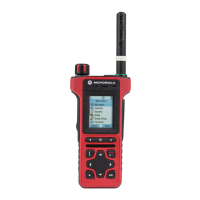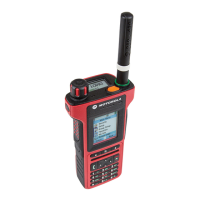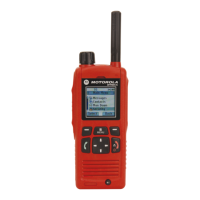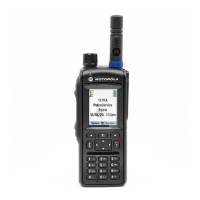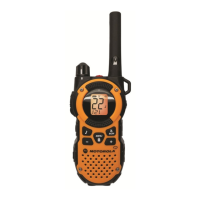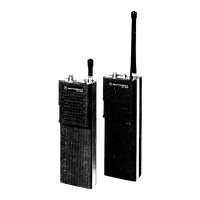The call-out service function in two main phases:
1 Alert Phase – you receive the alert with the associated messages that you can respond to. These messages provide
all the important information about an incident. A special tone is played when the alert is coming in. The tone
volume range is configured in the codeplug and cannot be adjusted through the MMI. The conditions for stopping
this tone are configured in the codeplug (for example, upon pressing any key). Additionally, an ongoing alert tone
is paused on incoming call-out group call. This alert is resumed once the call ends (if not stopped before).
2 Information Phase – you are in the call-out mode and you may receive more messages about the incident with the
text or voice. You can also query for more information using the voice group call or the call-out text function
which enables to send a text message to the dispatcher host application. The voice message can be sent with the
high priority as a group call. You can answer back to the group or to the dispatcher using the voice group call.
You may receive more info about the incident via either via subsequent text or voice messages
This is a selling feature.
Call-Out Interactions
When you receive a call-out alert while being in the emergency mode, the message is ignored.
In the transmit inhibit mode, you can receive call-out messages. However, you cannot respond until the transmit
inhibit mode is deactivated. When you decide to leave the transmit inhibit mode after viewing the message, the radio
prompts to accept, standby, or reject the call-out.
The call-out feature is not supported in DMO.
In the fallback mode (that is, when you are in the local site trunking) you can receive a call-out call. In such case the
receiving radio enters the call-out fallback mode, which only includes voice communication. You can only clear the
fallback mode manually.
The dispatcher can test the feature by using the call-out test. The radio displays then Call-Out Test and generates the
alert tone. A soft key is available in the MMI with the label Test OK. After responding to it, the display returns to the
previous mode.
Storm plan alert is a special case of call-out. This alert is sent out to the larger group of people. You can respond to it
with any key stroke. After responding, you proceed to the information phase. The storm plan alert is sent several
times to raise reliability.
Call-Out Templates
This type of template is supported only by LKP radios.
The call-out template is a special type of the user-defined template. Call-Out templates enable responding to
additional call-out messages. These templates can be defined using the CPS. You cannot create or edit templates from
the MMI level.
A target ISSI of a template cannot be selected, as the template is always sent to the call-out initiator.
GPS Location Service
The GPS Location Service feature uses information from Global Positioning System (GPS) satellites orbiting the
Earth to determine the approximate geographical location of your radio.
The GPS Location Service availability, accuracy, and the position calculation time vary depending on the
environment in which you use the radio. The GPS Location Service can assist your dispatcher or colleagues in many
ways such as more efficient deployment of resources or locating your radio when you trigger your emergency service.
The radio can display the location information directly on the screen or send it over the air to your Dispatcher to
display it in the control center. Check your radio configuration details with your service provider.
Services and Features | 65
| | Send Feedback
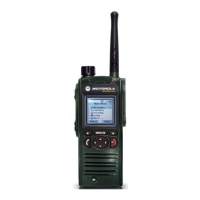
